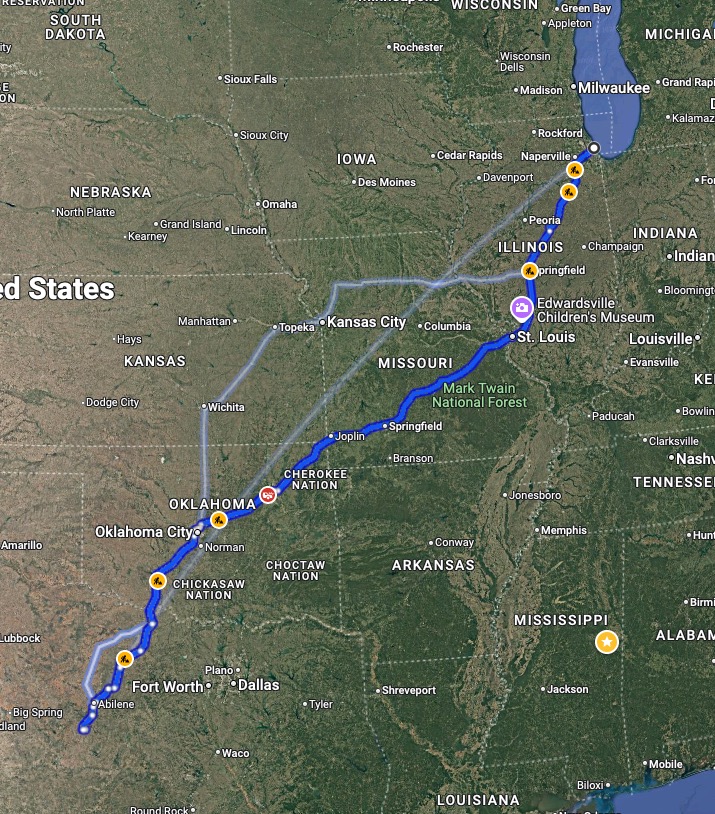If you are about to set out on independent adulthood, or already have, you will be handling your own money. It is important for you to learn how to observe your spending. For most of us, none of our previous education taught us much about personal financial management. If that is true of you, maybe you will find this series contains some helpful tips to lessen the stress of paying your bills. I will start with elementary stuff, and save big money problems like job loss, out of control debt, and the like, for much later blog posts! The truth is, if you do the easy things well, your chances of getting into bad financial trouble later are greatly reduced.
The beginning of personal financial management for renters is the same as for anyone else: Simply observe yourself. No, not by gazing in a mirror, or by taking selfies in your new apartment, but by getting comfortable with looking at your financial behavior. The internet is chockfull of articles about what you should do to achieve this or that. This is not one of those articles. Instead of getting tense and worried about what you are doing wrong with money, just study what you actually do.
Step 1 – Identify the doors through which money leaves your financial house
Most of these are obvious: Activity in your checking account (like debit card spending), your credit card(s), or cash you pay out of your wallet. Some of you might have less obvious doors through which money flows out, but we don’t need to get too detailed or technical here. Start with the obvious money leaks, through your bank account, your credit card(s) and your wallet.
Step 2 – Snoop into your own finances
Maybe this prospect makes you vaguely sick to your stomach. There’s an antidote for that. It’s called curiosity. Try to get interested in yourself. The first thing to do is actually read your most recent checking account and credit card statements (online, or even a paper copy). Let your attention start to nurture your curiosity. “What was that $87.13 bill charged to my card by Amazon?” “Oh yeah, I had take-out with my friend, Joe. I paid with my credit card, and he reimbursed half to me in cash.” “Why was my Verizon bill so high this month?” “I took out $400 in cash at an ATM? Really?” “Wait. I have no idea how much I made in tips, or where that money went.”
You get the idea. Personal financial management does not begin by analyzing anything. You are just looking, remembering, and getting an overall impression of your financial self.

Step 3 – Start categorizing your expenses in a way that makes sense to you
The whole point to this categorization is not to come up with a highly formal financial report for yourself. It is to help you ask and answer a repeating question: “Do I really want to spend money on that?” Life as a renter always has that big monthly nut to crack called “rent.” Ironically, one of the best ways to be able to do that is to shift your attention away from worry about paying the rent to a clearer understanding of what other expenses you are incurring every day.
Some categories are simple and obvious, like rent and other necessities. But beyond these, the challenge is to account for everything without getting too detail-oriented. I personally have a category I call “basket expenses.” No, I do not buy a lot of baskets. There are several monthly expenses that are fairly predictable and not too troublesome, like phone bill, internet service, monthly subscriptions that I am pretty sure I will continue. I just lump all those into a “basket,” and keep an eye on how big the basket expenses are from month to month. If the “basket” is bigger than usual, I can always look at it more carefully.
The most important categories are the ones that pertain to your spending weaknesses. Questionable groceries? Pricey craft beers? Clothes? Books? Tools? Home decorating? Make up? Sports gear? Video games? Entertainment? When you ID potential weaknesses, those are the ones not to hide in the basket. You need them out in the open, so you can continue to ask yourself the big question: “Do I really need to spend money on that?”

Step 4 – Meet the special challenge of categorizing cash expenses
You can get cash a number of ways: ATMs, friends reimbursing you for something, tips from a job, a gift from someone, whatever. If you only spend a little in cash, it is no big deal, and the way society is going, cash will become less and less prevalent. But if a sizeable portion of finances are in cash, you are going to have to keep some rough records of where all that money is going. It won’t be so hard, if you really want to do it. A little note pad will do, or a voice record on your smart phone, or just text yourself through voice activation. You can think of something.
Step 5 – Add it all up
There are plenty of accounting apps out there for doing personal finances, but it is really not necessary to get into all that at first. I recommend another amazing technology: pencil and paper, plus a simple calculator that can add and subtract. Every month you just list all your categories, then do the totals for each category based on your records: checking account statement, credit card statements, your cash expenses. And, truth be told, if you miss one or two expenses here and there in your accounting, it is not the end of the world.
OK, so now you have your monthly totals. What do you do next? First of all, breathe. Second, pat yourself on the back for actually doing all of this. Finally, with luck, you may find the rent easier to pay than you thought, if you can identify expenses that you can live without. That is the subject of Parts 2 & 3 of this blog series on personal financial management for renters, namely Deciding What Is Really Worth Your Money.
If you are ready to start looking for your dream rental, we are here to help.
Looking for more renter tips? Check out our other blog posts here.








